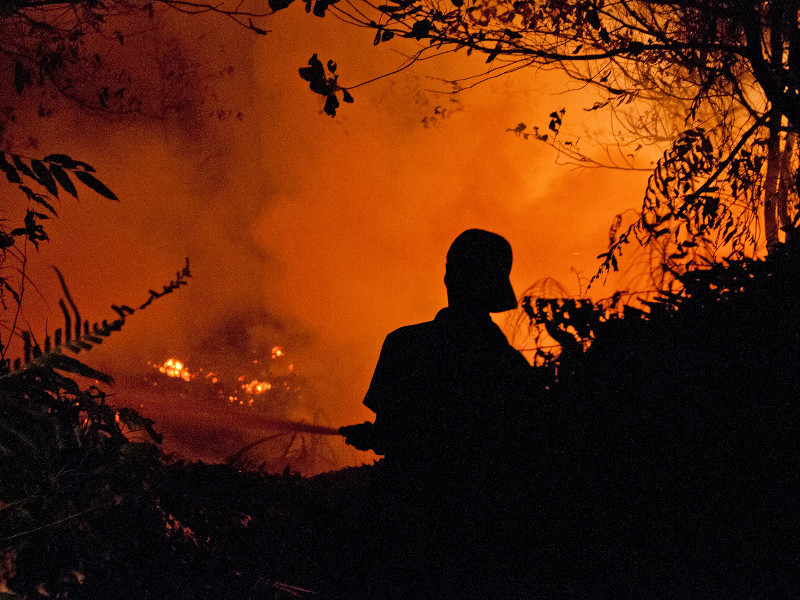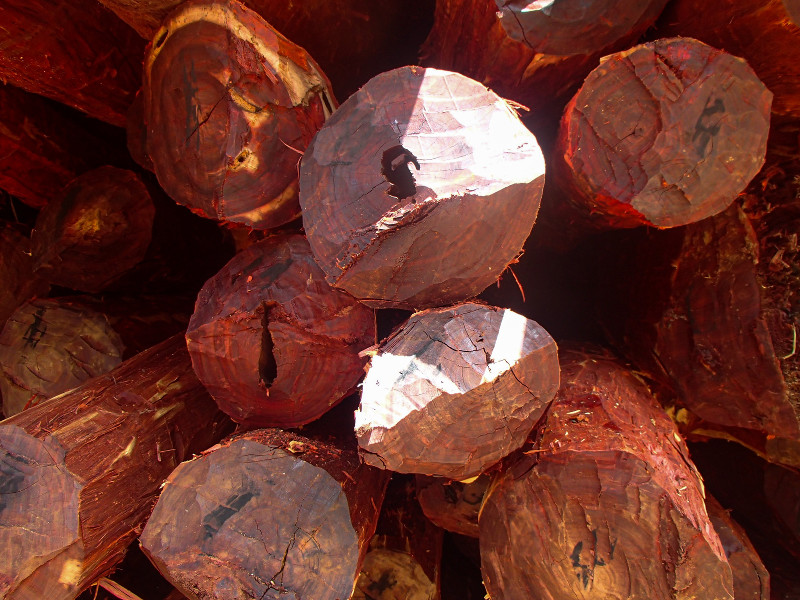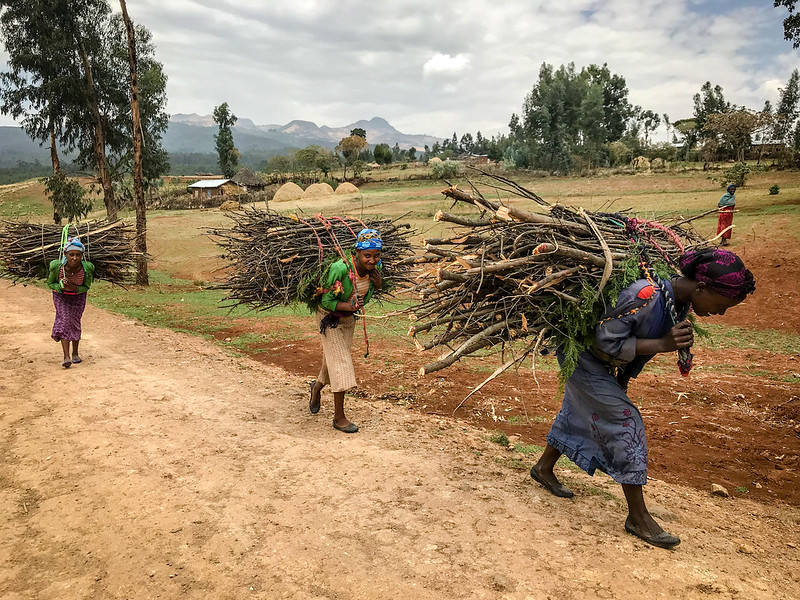Mapping of soil water content (SWC) by electromagnetic induction (EMI) is an established method to obtain field-scale SWC information. However, the relationship between SWC and the apparent electrical conductivity (ECa) measured with EMI is complex and affected by several confounding factors at the catchment scale such as variable porosity (ϕ) and pore water electrical conductivity (σw). In this study, we investigated these confounding factors using a time-lapse EMI data set obtained in a forest ecosystem with soils of low ECa and catchment-wide SWC data provided by a wireless soil moisture sensor network. To assess the impact of variable ϕ on the accuracy of SWC estimates, we compared three different models to relate SWC and ECa: (i) a linear regression model and two nonlinear models based on Archie’s equation with (ii) constant ϕ and (iii) variable ϕ. The linear model reached a prediction accuracy of RMSE = 5.83 vol%, while the Archie models increased the accuracy to RMSE = 4.55 vol% (constant ϕ) and RMSE = 4.20 vol% (variable ϕ). Although we found strong spatial similarities between SWC and ECa maps, the temporal trends in SWC and ECa were inconsistent. This was attributed to temporal variations in σw due to seasonal changes in ion concentrations of the soil pore water. To support this hypothesis, σw was calculated from the measured ECa and the known soil saturation from SoilNet. The resulting σw maps showed highly structured and consistent patterns. We thus conclude that in addition to variation in SWC and ϕ, spatiotemporal variations of σw affected the ECa measured with EMI. These potentially confounding factors in the interpretation of EMI measurements in terms of SWC have not been sufficiently recognized in the literature so far, and the results presented in this study indicate a range of limitations for the use of EMI to monitor spatiotemporal changes in SWC at test sites with low ECa.
DOI:
https://doi.org/10.1007/s12665-016-6361-3
Altmetric score:
Dimensions Citation Count:
























